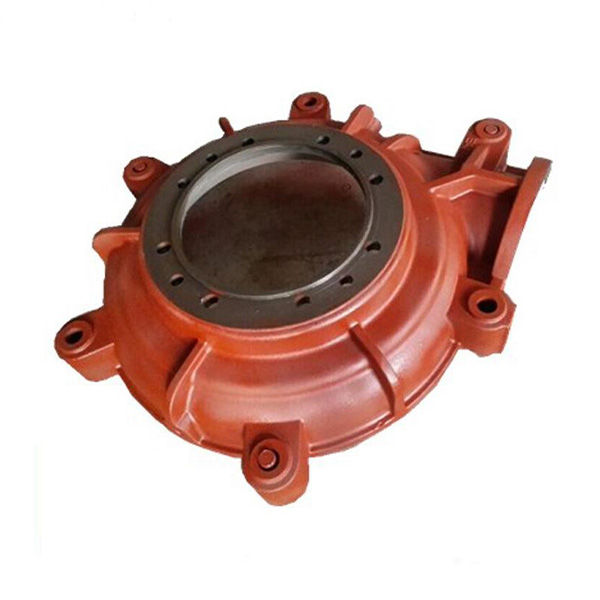Mobile:+86-311-808-126-83
Email:info@ydcastings.com
investment cast 316 stainless steel
Investment Casting of 316 Stainless Steel A Guide
Investment casting, also known as lost-wax casting, is a versatile and precise manufacturing process that has been utilized for centuries. It is particularly popular in the production of complex shapes and components in various industries, including aerospace, automotive, and medical. One of the most commonly used materials in investment casting is 316 stainless steel, known for its excellent mechanical properties, corrosion resistance, and ease of fabrication.
Understanding 316 Stainless Steel
316 stainless steel is an austenitic steel alloy that contains molybdenum, which enhances its resistance to pitting and crevice corrosion in chloride environments. This makes it an ideal choice for marine and chemical applications. The chemical composition typically includes 16% chromium, 10% nickel, and 2% molybdenum. These elements contribute to its excellent ductility, formability, and overall durability.
The properties of 316 stainless steel make it suitable for a wide range of applications, including valves, fittings, pumps, and marine hardware. Its ability to withstand high temperatures also makes it a preferred choice in various industrial environments, ensuring longevity and performance.
The Investment Casting Process
The investment casting process begins with creating a mold, often made from a wax pattern that is coated with a ceramic shell. The wax pattern is heated, allowing it to melt and flow out, leaving a cavity in the shape of the desired component. Once the wax is eliminated, molten metal is poured into the shell mold, which hardens to form the final product.
1. Pattern Creation For investment casting, patterns are typically made from wax or other materials that can easily melt. This allows for high precision and complex geometries, making it ideal for intricate designs. 2. Mold Making The pattern is coated with a ceramic slurry, creating a shell that can withstand high temperatures. This shell provides the necessary support for the molten stainless steel during the casting process.
3. Wax Removal Once the shell has hardened, it is heated to remove the wax. This process is crucial, as any residual wax can negatively impact the quality of the final casting.
4. Pouring the Metal The investment mold is heated to ensure it is at a suitable temperature for pouring. The molten 316 stainless steel is then poured into the mold, filling the cavity left by the wax pattern.
investment cast 316 stainless steel

5. Cooling and Shell Removal After the metal has cooled and solidified, the ceramic shell is broken away, revealing the final cast product.
Advantages of Using 316 Stainless Steel in Investment Casting
1. Precision and Accuracy Investment casting allows for tight tolerances and intricate designs, which are difficult to achieve with other manufacturing processes. This is particularly beneficial for components that must fit together with minimal clearance.
2. Corrosion Resistance The inherent properties of 316 stainless steel make it highly resistant to rust, pitting, and other forms of corrosion, making it suitable for harsh environments.
3. Reduced Waste Investment casting minimizes material waste compared to traditional manufacturing methods, making it a more sustainable option.
4. Cost-Effectiveness While the initial setup may be more expensive, the ability to produce complex shapes and the reduced need for secondary machining can lead to long-term cost savings.
5. Versatility The process can accommodate a wide range of alloys beyond 316 stainless steel, allowing manufacturers to select the best material for their specific application.
Conclusion
Investment casting with 316 stainless steel continues to be a popular choice across various sectors due to its excellent properties and the advantages of the casting process. As industries seek to produce components that are not only effective but also durable and resistant to harsh environments, investment casting will likely remain a key manufacturing process. Whether for small-scale production or large quantities, investment casting offers a reliable solution for producing high-quality stainless steel parts.
-
Understanding Metal Casting TechniquesNewsApr.02,2025
-
Understanding Exhaust Manifolds for Enhanced Engine PerformanceNewsApr.02,2025
-
The World of Metal FabricationNewsApr.02,2025
-
Key Components for Pump and Turbo EfficiencyNewsApr.02,2025
-
Essential Tools for Automotive Maintenance and RepairNewsApr.02,2025
-
Durable Valve Components for Effective Water ManagementNewsApr.02,2025











